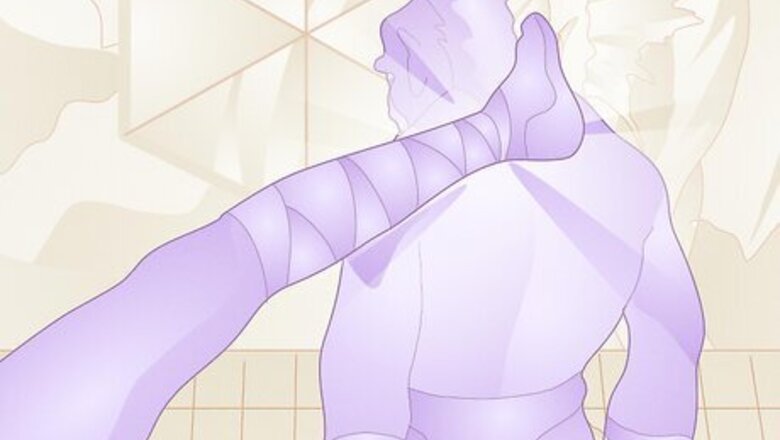
views
What is an unarmed strike in D&D 5e?
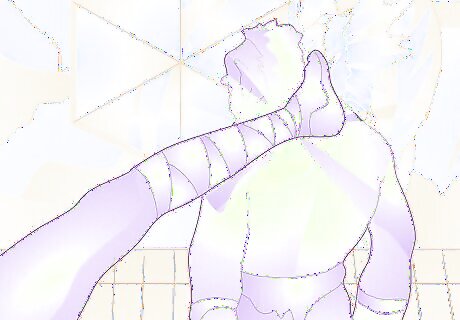
Unarmed strikes are melee attacks made with any part of your PC’s body. When you make an unarmed strike in 5e, it means you’re not using a weapon to damage your opponent. Rather, you’re hitting them with your PC’s (player character’s) fists, elbows, knees, feet, or potentially a different part of their body (like their head or tail), depending on your PC’s race. Because unarmed strikes don’t require weapons, they’re versatile attacks that are always available to any PC—regardless of class. Unarmed strikes also aren’t considered weapon attacks, but they are melee attacks, meaning you can only make them if your PC can physically reach an enemy to do so. That also means you can use unarmed strikes with features that require melee attacks but not features that require a weapon (like Divine Smite for paladins).
Making Unarmed Strikes
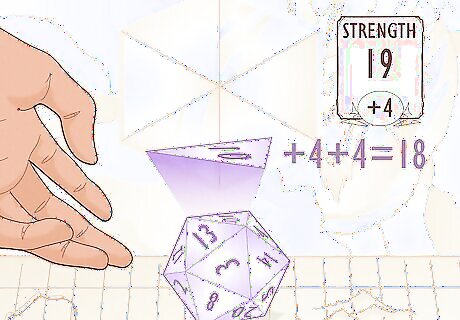
Make an attack roll, adding your Strength modifier and proficiency bonus. The basic rules for making unarmed strikes are fairly simple! All PCs are automatically proficient with unarmed strikes (punching, kicking, head-butting, or similar attacks), so the formula is a d20 roll + your PC’s Strength (STR) modifier + their proficiency bonus. The roll’s total determines whether or not your attack will hit. For example, a fighter with a +4 STR modifier and a proficiency bonus of +4 would have a +8 bonus to their attack roll overall. So, if you roll a 10 on your d20, your PC’s unarmed strike attack roll would be 18 (10 + 4 + 4). As with all attack rolls in 5e, an unarmed strike will successfully hit as long as the attack roll’s total is equal to or greater than an opponent’s armor class.
Calculating Unarmed Strike Damage
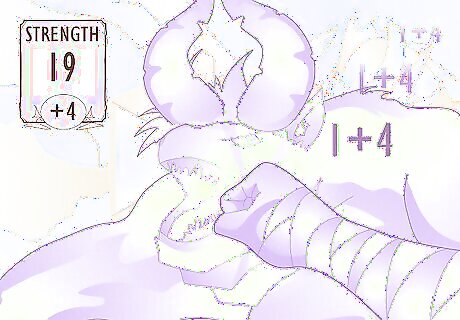
Unarmed strike damage equals 1 + your PC’s Strength modifier. There aren’t any dice rolls involved with calculating damage. According to the 5e Player's Handbook, every unarmed strike your PC makes (unless they have any of the class features detailed below) will deal the same amount of damage, equal to 1 + your PC’s STR modifier, and the default damage type is bludgeoning. For example, if your fighter PC has a +4 Strength modifier, they’ll deal 5 points of bludgeoning damage (1 + 4) with every unarmed strike.
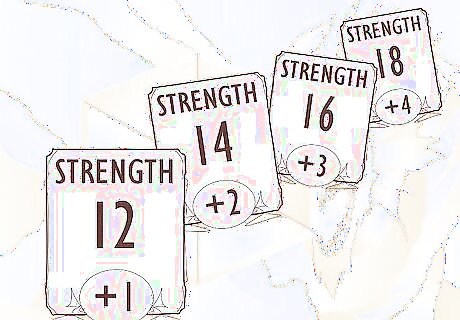
Increase unarmed strike damage by raising your PC’s Strength score. Because your PC’s Strength modifier is based on their Strength ability score, the modifier will increase as the ability score does. So, if you want your PC’s unarmed strikes to be more powerful, work on boosting their Strength score by leveling up, using Ability Score Improvements (ASIs), or finding certain magical items. ASIs allow you to add 2 points to your PC’s ability scores—either +2 to one score or +1 to two different scores (to a maximum of 20). Keep in mind that your modifier won’t increase with every new point in Strength; rather, it’ll increase for every 2 points. For example, a Strength score of 12 gets a +1 modifier, 14 gets +2, 16 gets +3, 18 gets +4, and so on. Look for magic items like the Belt of Giant Strength or the Gauntlets of Ogre Power, which can raise your PC’s Strength score as long as they’re attuned.
Classes & Races with Unique Unarmed Strike Damage
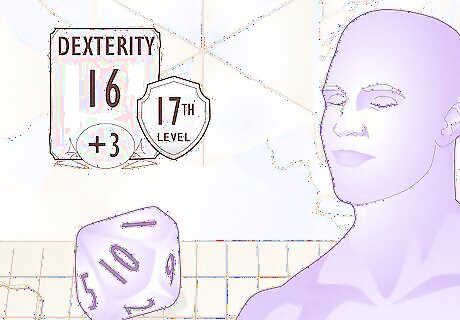
Monks Monks are masters of martial arts combat (both armed and unarmed); to that end, they have a class feature called Martial Arts, which allows monks to use their Dexterity (DEX) modifier on unarmed attack and damage rolls. It also increases the damage dice for unarmed strikes as the monk levels up, allowing monks to deal an impressive 1d10 damage per strike. Unarmed strikes begin at 1d4 points of damage for monks, and increase to 1d10 by the 17th level.
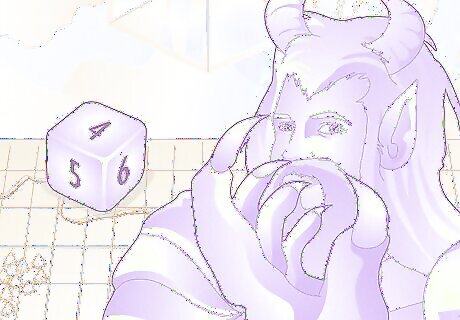
Path of the Beast barbarians One of the barbarian subclasses (Path of the Beast) allows barbarian PCs to transform into a beast while raging. In beast form, the barbarian can manifest a simple melee weapon—and because each attack is considered unarmed but also counts as a weapon, you can use them with abilities that require you to have a weapon in hand. The available weapons are: Bite. The barbarian can bite a foe, dealing 1d8 points of piercing damage. Claws. The barbarian can lash out with claws, dealing 1d6 points of slashing damage. Tail. The barbarian can whip their tail, dealing 1d8 points of piercing damage.
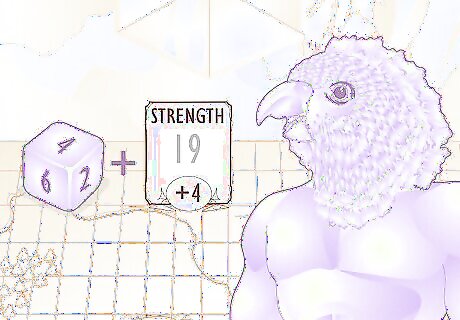
Races A number of available races in 5e come with their own specialized unarmed strike rules (usually based on their physical characteristics and capabilities). Generally, these rules change the damage type dealt by a PC’s unarmed strike and give each strike a damage die (instead of having a set amount of damage every time). Races with special rules include: Aarakocra. Using talons, they can deal slashing damage equal to 1d6 + STR modifier. Centaur. With hooves, they can deal bludgeoning damage equal to 1d6 + STR modifier. Leonin. Using claws, they can deal slashing damage equal to 1d4 + STR modifier. Lizardfolk. With a bite, they can deal piercing damage equal to 1d6 + STR modifier. Minotaur. With their horns, they can deal piercing damage equal to 1d6 + STR modifier. Satyr. Using a ram attack, they can deal bludgeoning damage equal to 1d6 + STR modifier. Tabaxi. Using claws, they can deal slashing damage equal to 1d6 + STR modifier. Tortle. Using claws, they can deal slashing damage equal to 1d6 + STR modifier. Loxodon. The 5e rules state they can make unarmed attacks with their trunks but don’t gain any extra bonuses.
Unarmed Strike Rule Interactions
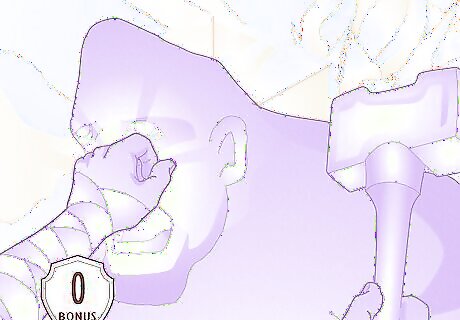
Offhand attacks In combat, your PC has a main hand (the hand there they hold their primary weapon) and an offhand (which can be empty, hold a second weapon, or help support a two-handed weapon). However, since the rules specify that you can only use a bonus action to make an offhand attack with a light weapon, that means you can’t make a bonus offhand attack with an unarmed strike. The exception to this is monks; their special abilities surrounding unarmed strikes give them the power to make unarmed offhand attacks. Two-weapon fighting (a fighting style involving a weapon in each hand) doesn’t work with unarmed strikes since unarmed attacks aren’t classified as weapon attacks. When an enemy provokes an attack of opportunity by moving outside your melee range, you can use an unarmed strike against them.
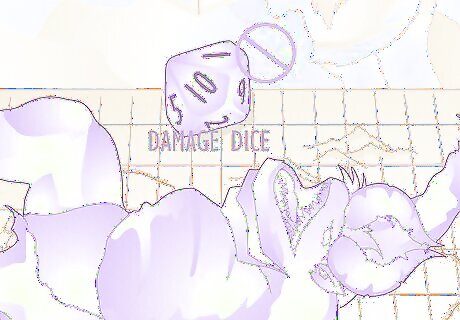
Critical hits Normally, scoring a critical hit means you can double all the damage dice you roll on that attack—but since unarmed strikes don’t involve damage dice, the damage remains the same. This can make critical hits feel a little disappointing—but you’ll still automatically hit foes when you crit. Remember: you can still make unarmed strikes against enemies even if your hands are full with a weapon or shield (because unarmed strikes can be made with any part of the body).
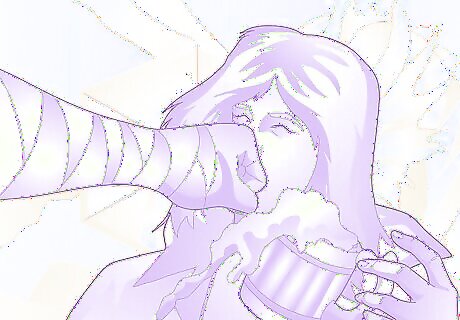
Feats Feats are optional abilities you can give your PC while leveling up, choosing from a number of different feats available (or an ASI). While only one feat in 5e directly affects unarmed strikes, there are multiple feats that might be able to enhance your PC’s unarmed abilities in combat. Tavern Brawler. This feat is crucial if you want to enhance your PC’s unarmed strikes; it lets them deal 1d4 damage per strike and gives you the option to grapple an opponent as a bonus action after a hit. Grappler. Grappler is a feat that affects your attempts to grapple foes (hold them in place), giving you advantage on grapple rolls and the ability to restrain foes with an additional roll. Since Tavern Brawler also affects grapple rolls, this feat works well alongside it. Crusher. The Crusher feat allows you to boost your PC’s Strength score while also giving you the power to move foes you deal bludgeoning damage to and gain advantage against them when you score critical hits. Fighting Initiate. If you aren’t playing a fighter, you may want the Fighting Initiate feat so your PC can learn the Unarmed Fighting style—which boosts the damage output of unarmed strikes.
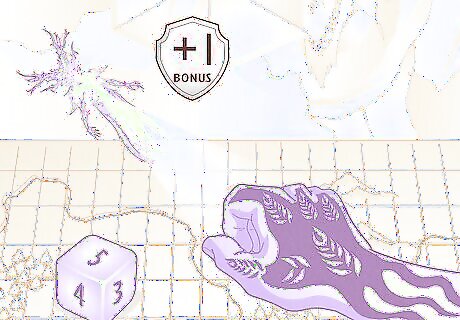
Magic items Certain magical items can directly influence your PC’s unarmed strikes and make them more powerful. If you’re interested in creating a character build that specializes in unarmed attacks, keep an eye out for the following items (or as your DM if you can seek them out): Cape of Enlargement. This item allows you to add your PC’s proficiency bonus to their unarmed strike damage. Eldritch Claw Tattoo. This is a magical tattoo that adds a +1 bonus to your unarmed strike damage and attack rolls. It also grants 15 feet of reach and an extra 1d6 force damage to attacks. Gloves of Soul Catching. These gloves cause unarmed strikes to deal an additional 2d10 force damage—and enable your PC to regain that number of hit points or advantage on a roll. Wyrmreaver Gauntlets. These gauntlets add 1d6 points of force damage and 30 feet of reach to your PC’s unarmed strikes.
Which class builds work best with unarmed strikes?
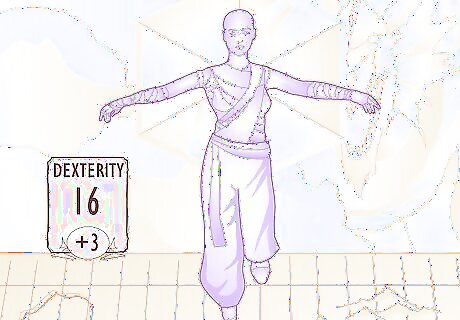
Monks are designed to excel at unarmed strikes. If you want to build a D&D character that excels at unarmed strikes, the monk class is a clear winner: not only does the Martial Arts feature allow monks to use their DEX modifier instead of Strength, but they can also make unarmed strikes as a bonus action after their main attack—giving them an even greater damage output. Monks also get ki points, which they can expend to use the Flurry of Blows ability, giving them 2 unarmed strikes as a bonus action. At higher levels, monks can also make Ki-Empowered Strikes, which turn their unarmed strikes into magical attacks. Since unarmed strike damage scales with the monk’s level, unarmed strikes are a steady source of damage for monks in a way they can’t be for most other classes.

Barbarians’ Rage feature makes unarmed strikes more powerful. Although only 1 specific barbarian subclass is discussed above, barbarians as a whole can pack a pretty potent punch. That’s because they typically have high Strength scores and a Rage ability that grants a bonus to melee damage rolls (including unarmed strikes). So, while your barbarian is Raging, their strikes are more powerful than usual! To maximize your barbarian’s unarmed strikes, acquire complementary feats like Tavern Brawler and Grappler. You could also pick up the Fighting Initiate feat for your barbarian and give them the Unarmed Fighting style—which also works well with the above feats.

Fighters can make use of the Unarmed Fighting style. The only other class that can regularly get some decent damage from unarmed strikes is the fighter class, mainly because they can master the Unarmed Fighting style, which increases the damage of unarmed strikes to 1d6—or 1d8 if your PC isn’t wielding a weapon in their offhand. Since many one-handed weapons deal 1d6 or 1d8 damage anyway, Unarmed Fighting turns unarmed strikes into a viable option for fighters. Fighters automatically gain access to fighting styles through their class, so you don’t need to get Unarmed Fighting through a feat. Instead, you can focus on picking up other feats (like Tavern Brawler and Grappler).














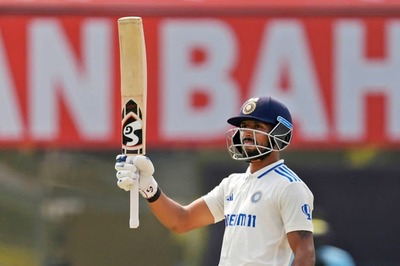





Comments
0 comment